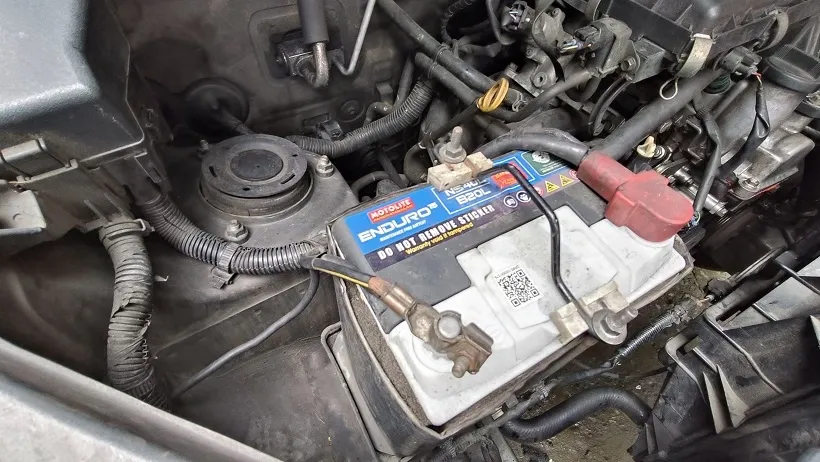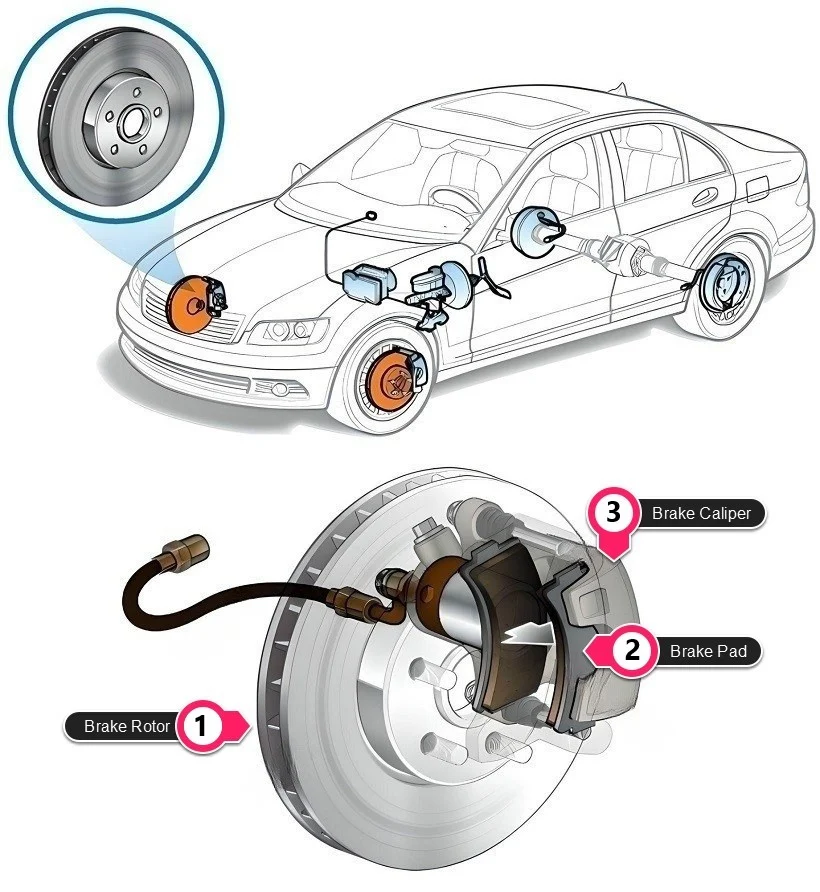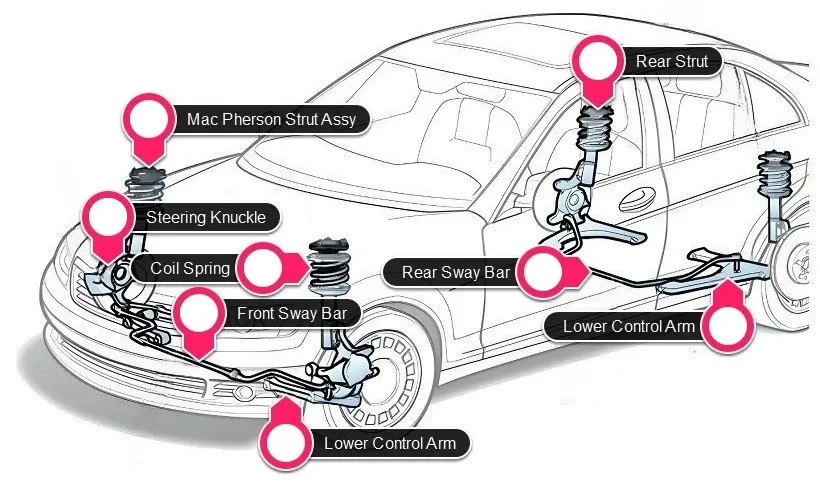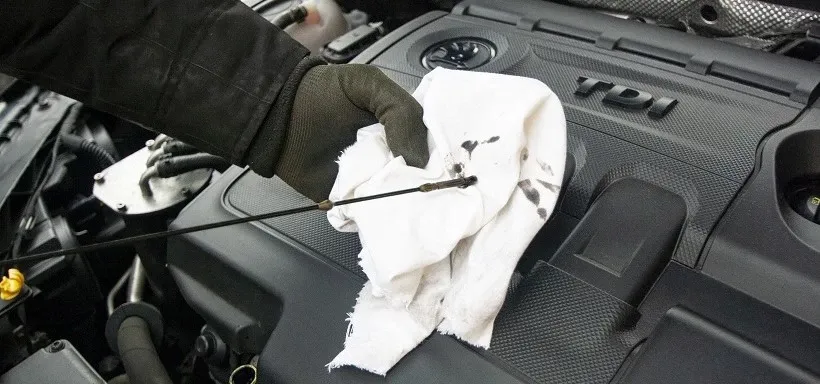Maintaining the correct tire pressure is crucial for your safety and the longevity of your vehicle. Whether you're a seasoned driver or just getting behind the wheel, understanding how to check tire pressure can save you from a variety of issues like poor fuel efficiency, uneven tire wear, and potential blowouts. This guide will walk you through the steps of checking your tire pressure and explain why it’s so important.
👉 Why Tire Pressure Matters
Before diving into how to check tire pressure, it's essential to understand why it matters. Tires are the only part of your car that touches the road, making them a critical component of your vehicle's safety and performance. The correct tire pressure ensures:
1. Safety. Under-in ed tires can overheat and increase the likelihood of a blowout, while over-inflated tires can reduce traction and cause uneven wear.
2. Fuel Efficiency. Properly inflated tires reduce rolling resistance, which means your car doesn’t have to work as hard, leading to better fuel efficiency.
3. Tire Longevity. Keeping your tires at the correct pressure prevents premature wear, saving you money on replacements.
👉What You Need to Check Tire Pressure
To begin, you’ll need a few basic tools:
• Tire Pressure Gauge. You can find these at most automotive stores. Digital gauges are typically more accurate, but manual stick gauges work well too.
• Owner’s Manual or Driver’s Side Door Jamb Sticker. This will tell you the recommended tire pressure for your vehicle. It’s usually expressed in PSI (pounds per square inch).
👉 Step-by-Step Guide on How to Check Tire Pressure
Here’s a simple, step-by-step guide to help you check your tire pressure:
Step 1: Find the Recommended Tire PressureThe first step in learning how to check tire pressure is to locate the recommended tire pressure for your vehicle. This information can typically be found in your owner’s manual or on a sticker inside the driver’s side door jamb. The recommended pressure will vary depending on the vehicle and tire type but is usually between 30 and 35 PSI for most passenger cars.
Step 2: Check Tire Pressure When Tires Are ColdFor an accurate reading, check the tire pressure when your tires are cold. Tires heat up as you drive, which increases the pressure inside them. If you’ve been driving for a while, wait at least 30 minutes before checking to ensure the tires have cooled down.
Step 3: Remove the Valve CapLocate the valve stem on the tire, which is the small protruding tube where you’ll attach the pressure gauge. Remove the cap from the valve stem and keep it in a safe place.
Step 4: Attach the Tire Pressure GaugePress the tire pressure gauge firmly onto the valve stem. You’ll hear a brief hissing sound, which is normal. If you hear a prolonged hiss, it means the gauge isn’t correctly seated, and you should try again. For digital gauges, the reading will appear on the screen. For stick gauges, the measuring stick will pop out to show the PSI.
Step 5: Compare the Reading to the Recommended PSIOnce you’ve got your reading, compare it to the recommended PSI listed in your owner’s manual or door jamb. If the reading is too high, you can release some air by pressing the center pin in the valve stem with a tool (most gauges have this built-in). If the reading is too low, add air until you reach the correct pressure.
Step 6: Check All Four TiresRepeat the process for all four tires. Don’t forget to check the spare tire, if your car has one. Spare tires are often overlooked, but they’re crucial in an emergency.
Step 7: Reattach the Valve CapsOnce you’ve finished checking the tire pressure, reattach the valve caps to protect the valve stems from dirt and moisture.
👉 Common Mistakes When Checking Tire Pressure
Even when you know how to check tire pressure, it’s easy to make mistakes. Here are some common errors and how to avoid them:
• Not Using a Reliable Gauge. A faulty or inaccurate gauge can give you the wrong readings. Make sure your gauge is in good condition, and consider replacing it if it’s old or unreliable.
• Ignoring Temperature Differences. Tire pressure can vary with temperature changes. Check your tire pressure more frequently during extreme weather conditions.
• Forgetting the Spare Tire. Don’t neglect your spare. It should be checked and inflated to the recommended pressure just like your regular tires.
• Over-inflating or Under-inflating. Always follow the manufacturer’s recommended PSI. Over-inflating can make your tires more susceptible to damage from road hazards, while under-inflating can lead to excessive wear and potential blowouts.
How Often Should You Check Tire Pressure?
Knowing how to check tire pressure is only part of the equation. You also need to know when to do it. It’s generally recommended to check your tire pressure at least once a month and before long trips. Regular checks are especially important during seasonal changes, as temperature fluctuations can significantly affect tire pressure.
👉 How to Add Air to Your Tires
If you find that your tire pressure is too low, you’ll need to add air. Most gas stations have air pumps that you can use, often for free or a small fee. Here’s how to add air to your tires:
1. Park Near the Air Pump. Position your vehicle so that the hose can reach all four tires.
2. Remove the Valve Cap. Just like when you checked the pressure, remove the valve cap from the tire.
3. Attach the Air Pump Hose. Connect the hose to the valve stem. Most air pumps have a built-in pressure gauge, so you can monitor the PSI as you add air.
4. Add Air. Start the pump and add air in short bursts, checking the pressure frequently. It’s easy to over-inflate if you’re not careful.
5. Check the Pressure Again. Once you think you’ve added enough air, use your gauge to check the pressure. Adjust as needed until you reach the recommended PSI.
6. Replace the Valve Cap. Once the tire is properly inflated, reattach the valve cap.
💬 Final ThoughtsUnderstanding how to check tire pressure is a simple but essential skill for every driver. Proper tire maintenance not only ensures your safety on the road but also enhances your vehicle’s performance and efficiency. By regularly checking your tire pressure and maintaining it at the recommended levels, you’ll save money on fuel, extend the life of your tires, and enjoy a smoother, safer ride.
Whether you're a new driver or a seasoned one, keeping this guide handy will help you stay on top of your tire maintenance, ensuring that you're always ready for the road ahead.
Want more videos all about auto?
Subscribe to our YouTube channel👉Cartech Home





















